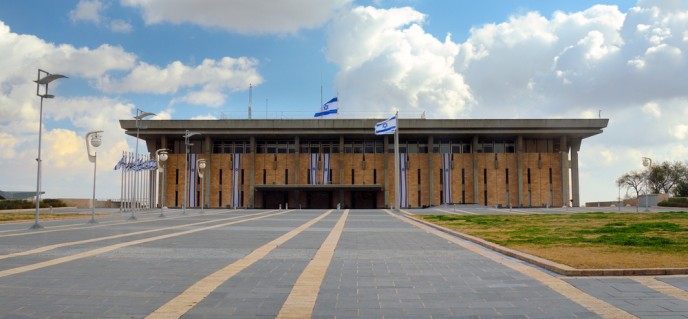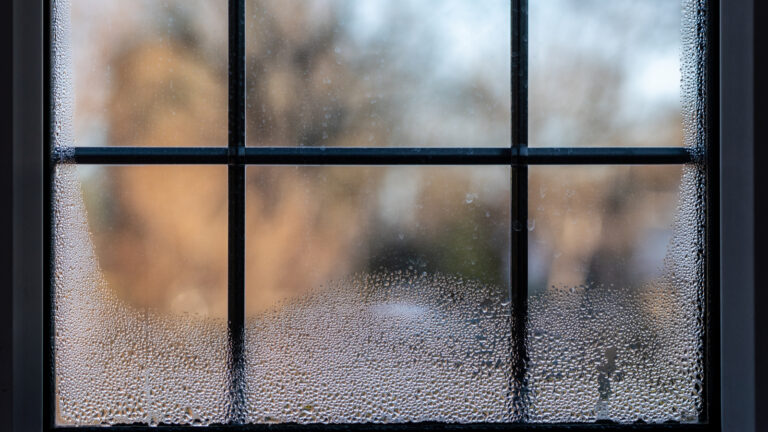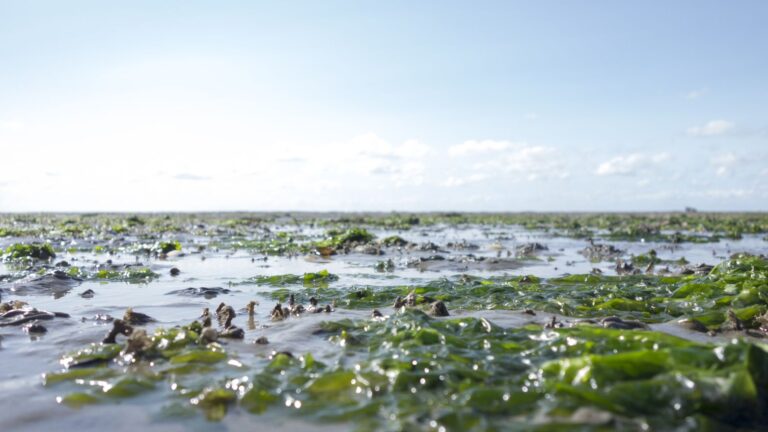The Israeli parliament building’s roof has long been touted as a perfect place to build a 1MW solar array. And today, the idea for the Knesset to produce its own solar energy went into effect.
Knesset Speaker Yuli-Yoel Edelstein officially launched the “Green Knesset” project – a multi-year project that will convert the Knesset into a legislature guided by the concept of sustainability.
”At a time when my office is leading an environmental revolution in industry and in the residents` homes, the symbol of the country must become a leading element in the green revolution, because it is the Knesset`s duty to protect the next generations, and protecting the environment is the way to do it. Those who want to think far must think green,” said Minister of Environmental Protection Amir Peretz.
The first two years of the venture will consist of 12 smaller projects focusing on energy and water. Among other things, this phase will include the construction of a 4,500 square meter solar field for the production of electricity from renewable energy; replacing hundreds of bulbs with LED bulbs; replacing the air-conditioning systems with an energy center; automatically shutting down all of the computers at the end of the workday; measuring the amount of water used for irrigation in the Knesset and adopting a more economical water consumption model; the desalination of water from the Knesset’s air-conditioning systems and using this water for irrigation and other purposes.
Minister of National Infrastructure, Energy, and Water Silvan Shalom said the ”Green Knesset” project will be a source of pride for Israel and will inspire other countries. ”This is a blessed move of great importance. Encouraging energetic efficiency, the saving of electricity and advancing the use of natural gas and renewable energy will reduce pollution, preserve the environment and save a lot of money,” he said.
The Knesset says the projects will return the $2 million investment within five years. The money saved will go to a “green fund” – and be used for additional sustainable initiatives.
Photo by SeanPavonePhoto / Shutterstock.com
Fighting for Israel's truth
We cover what makes life in Israel so special — it's people. A non-profit organization, ISRAEL21c's team of journalists are committed to telling stories that humanize Israelis and show their positive impact on our world. You can bring these stories to life by making a donation of $6/month.








